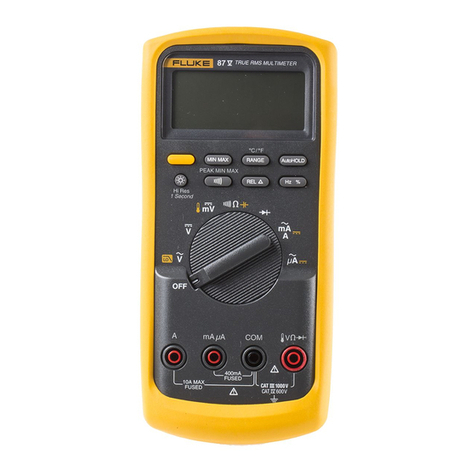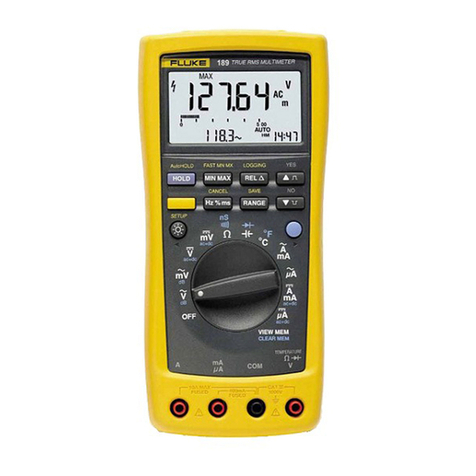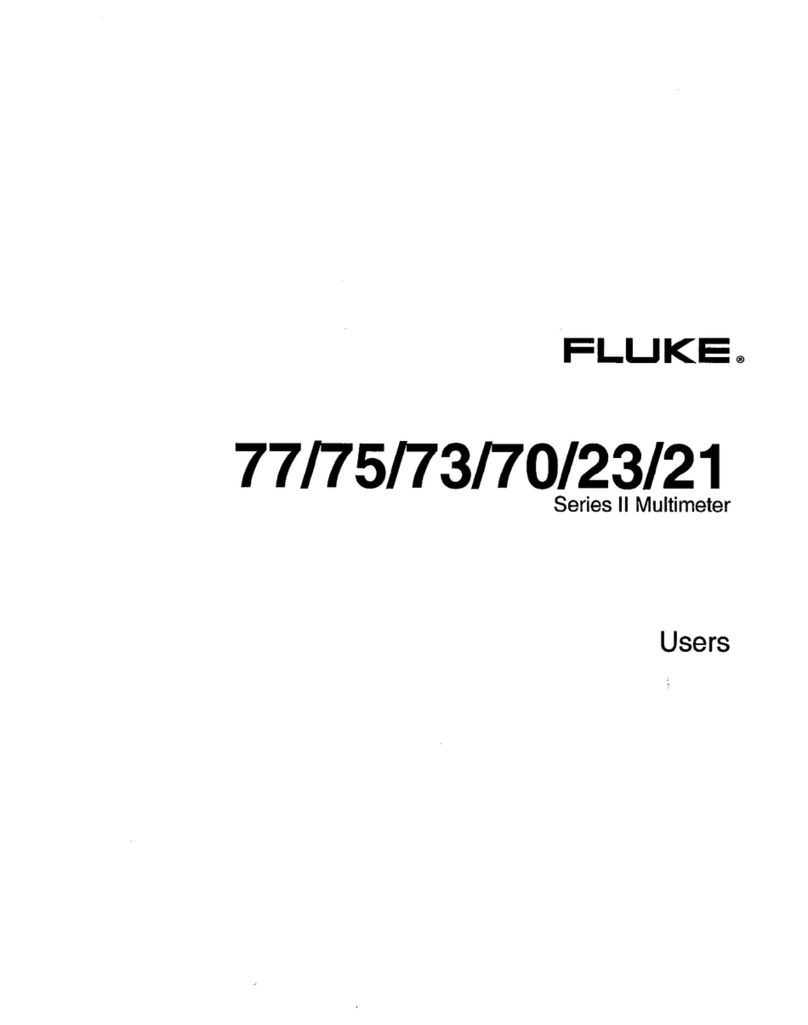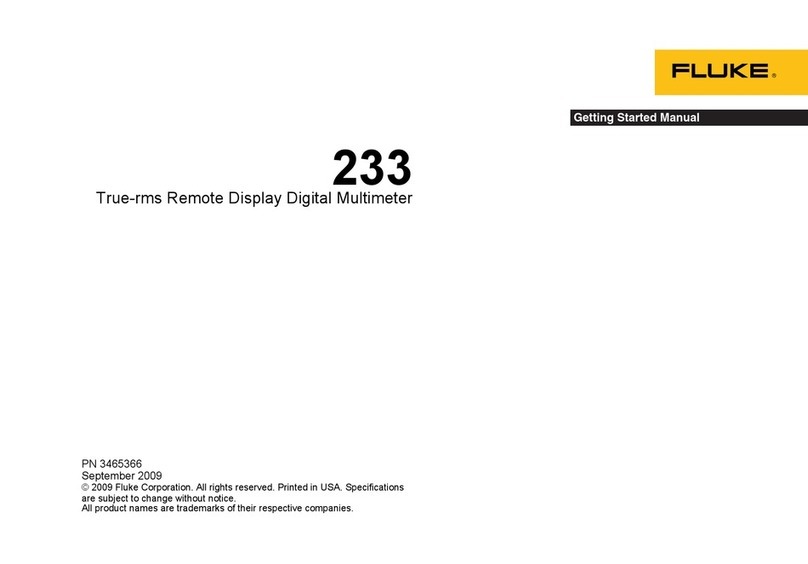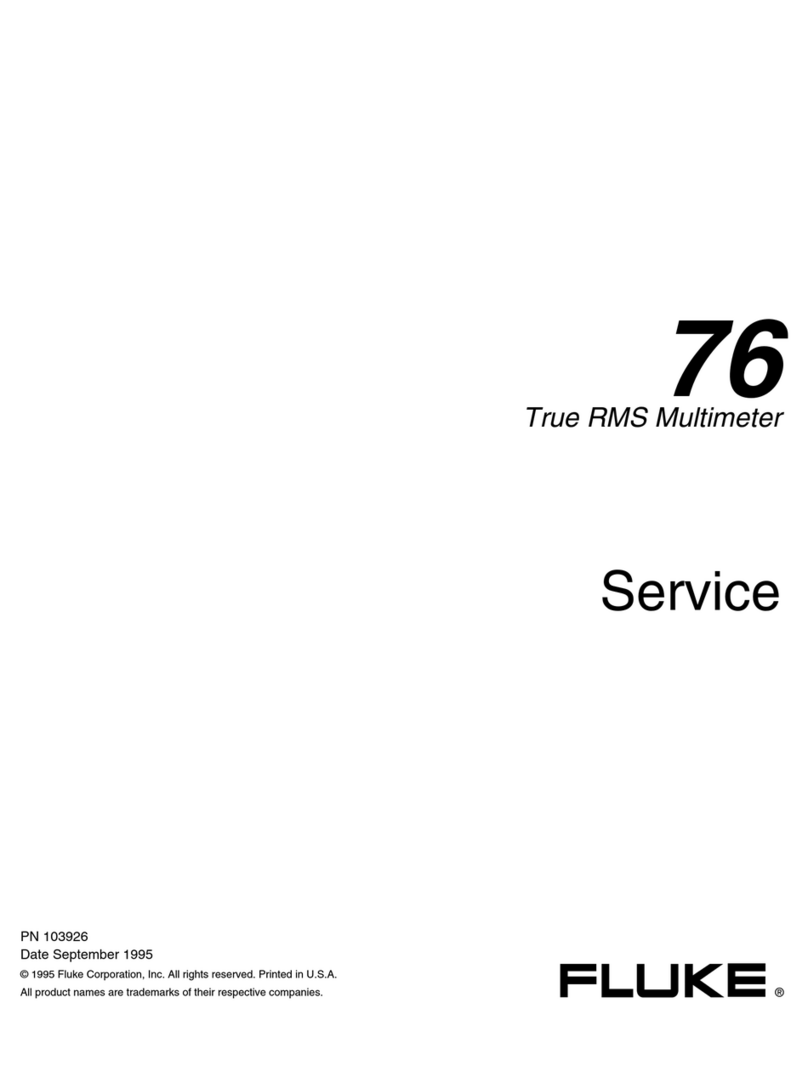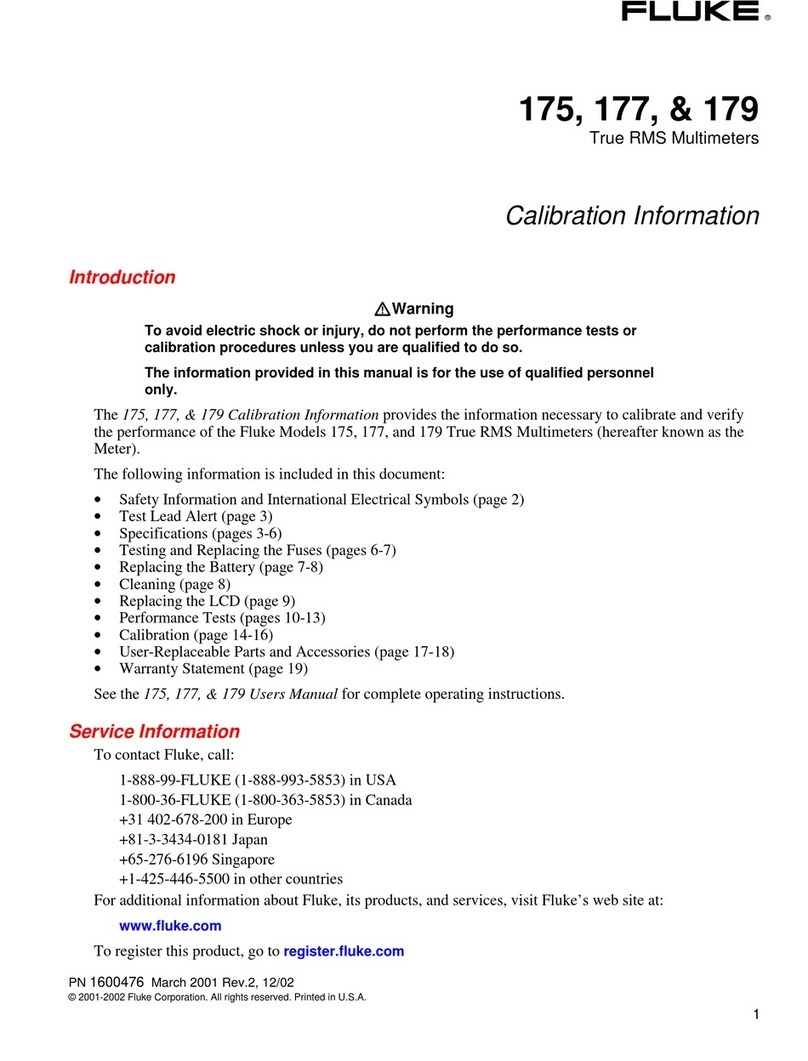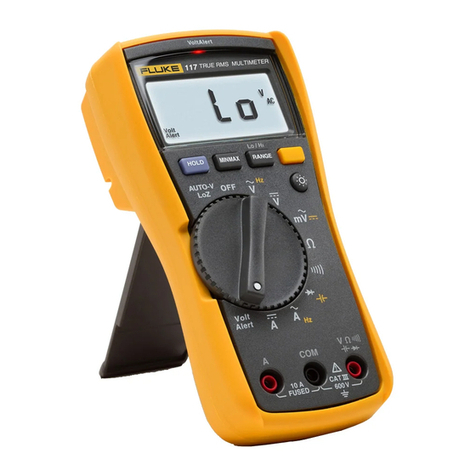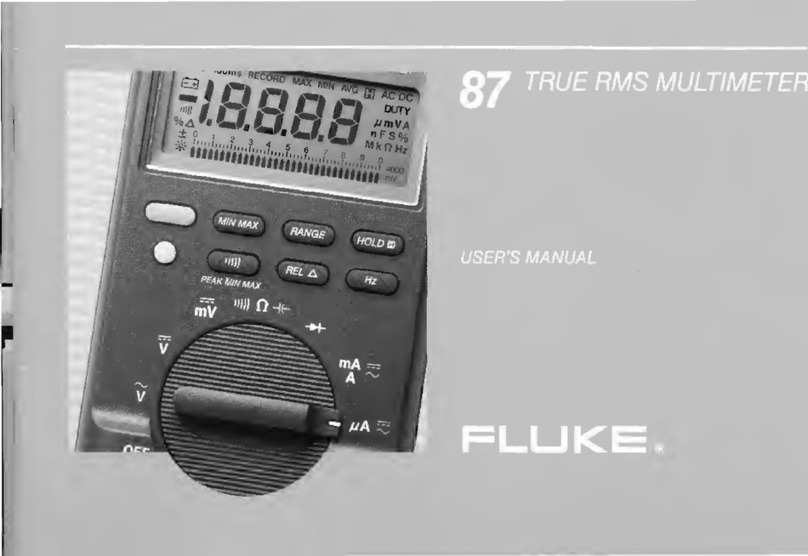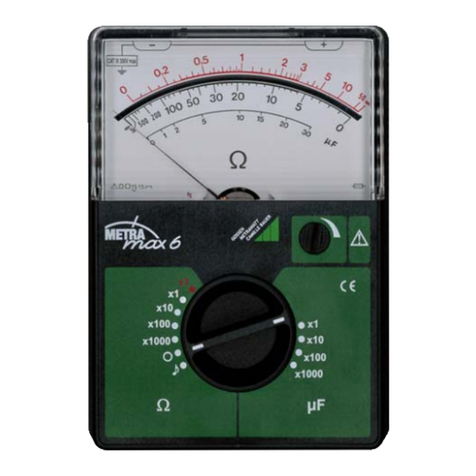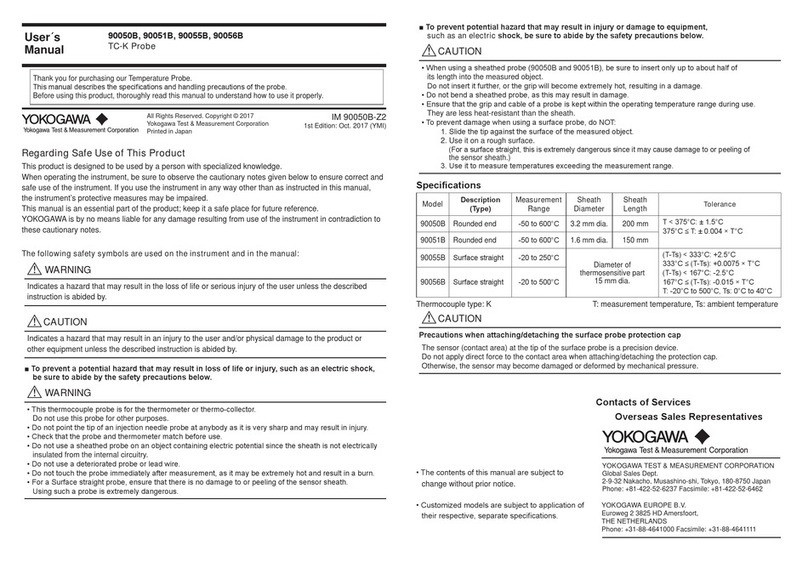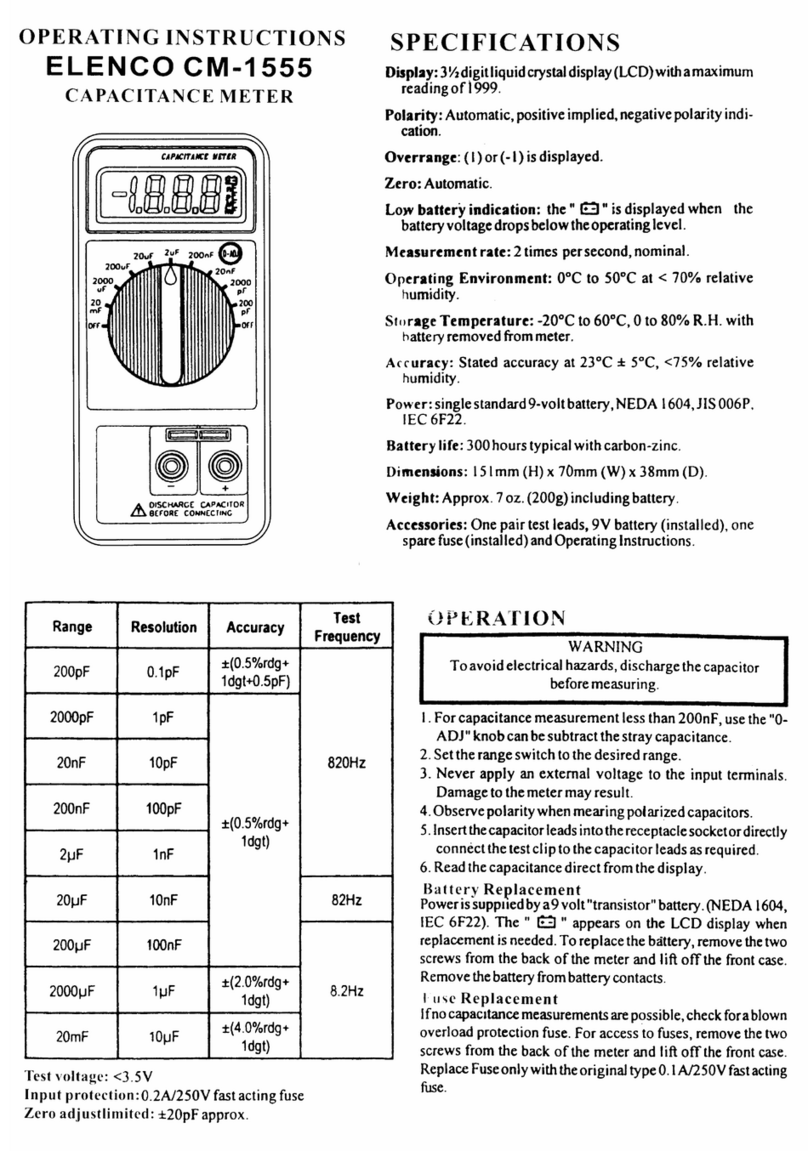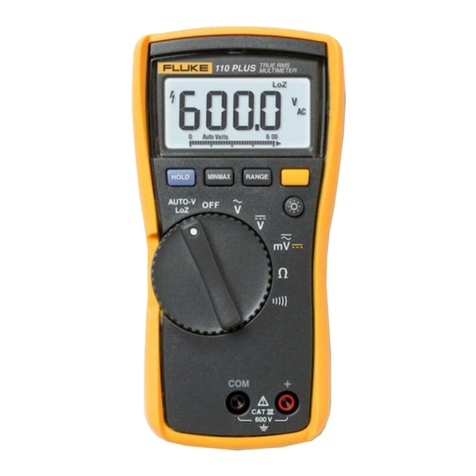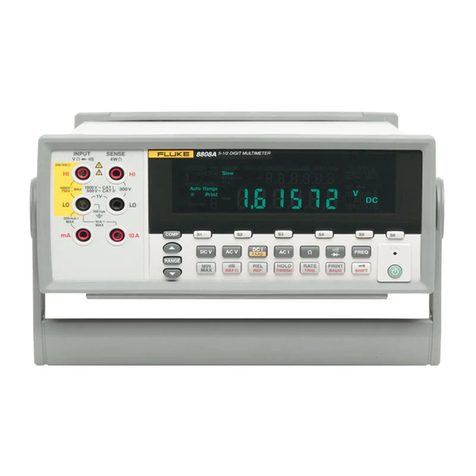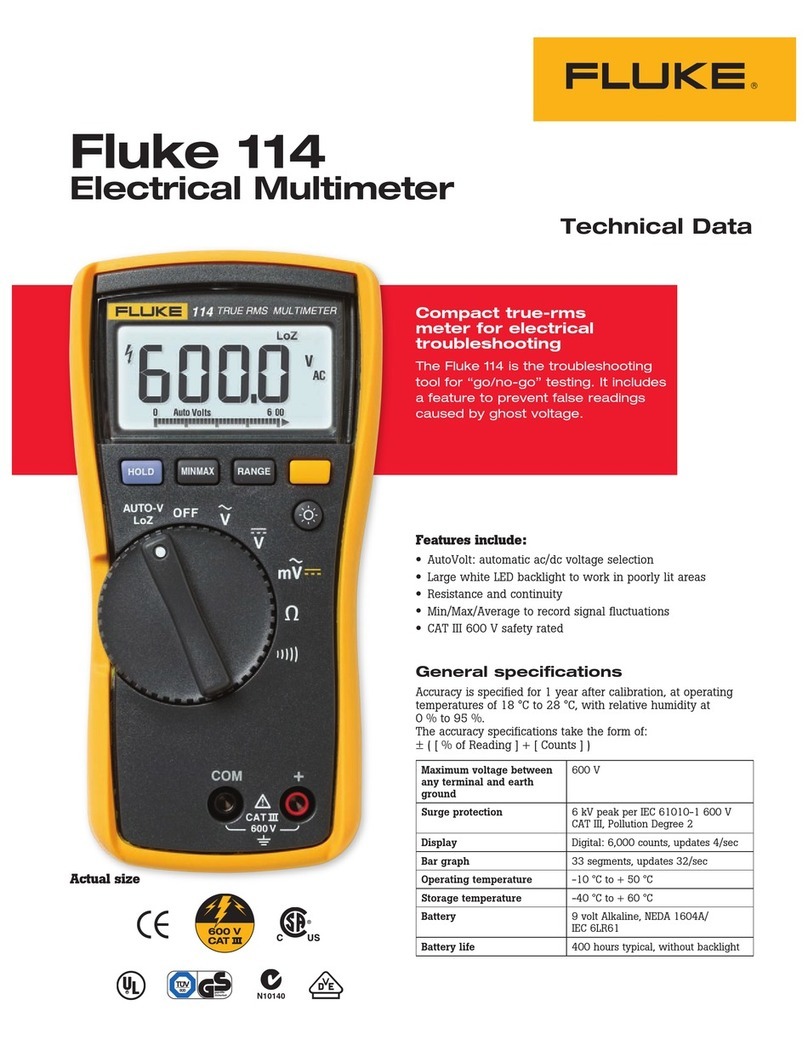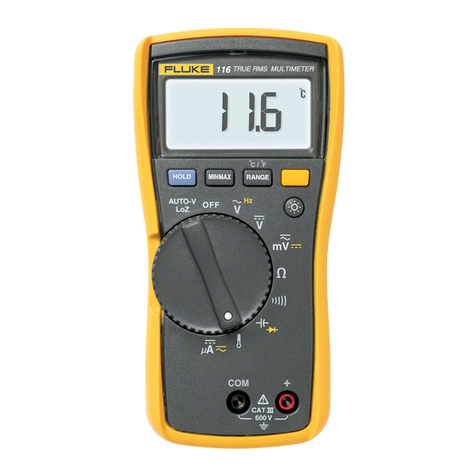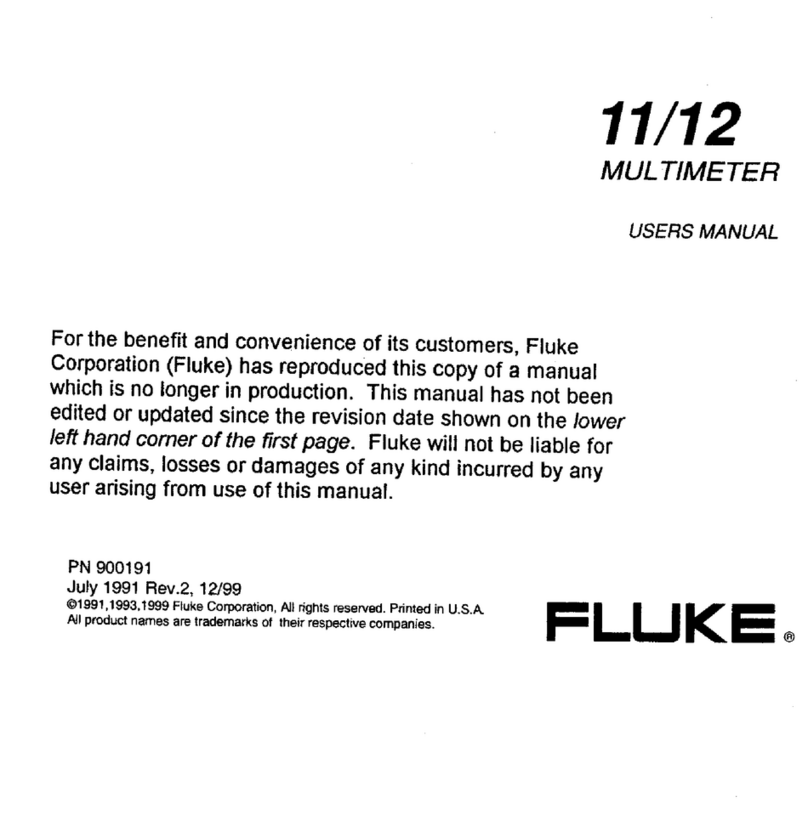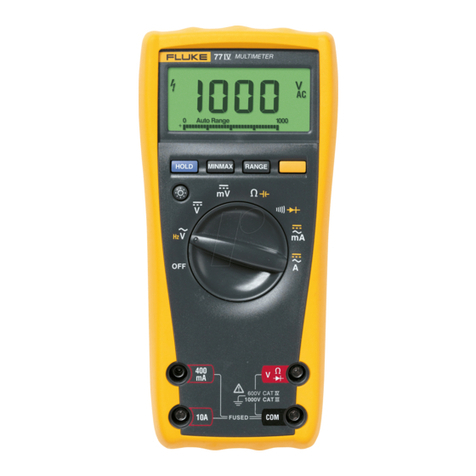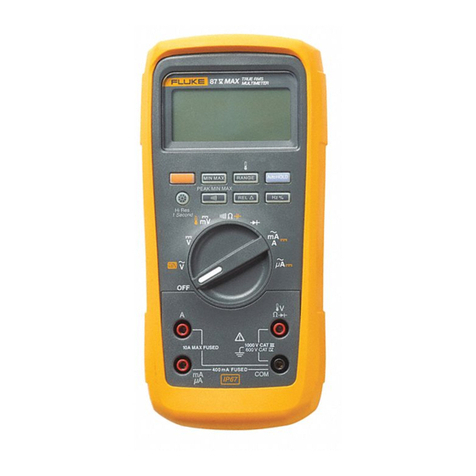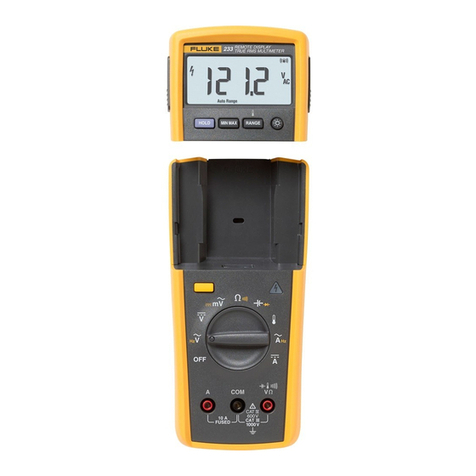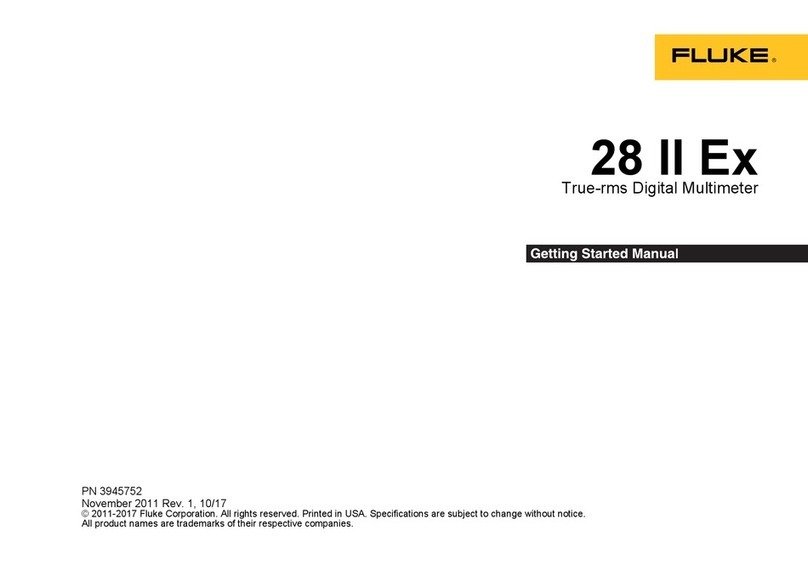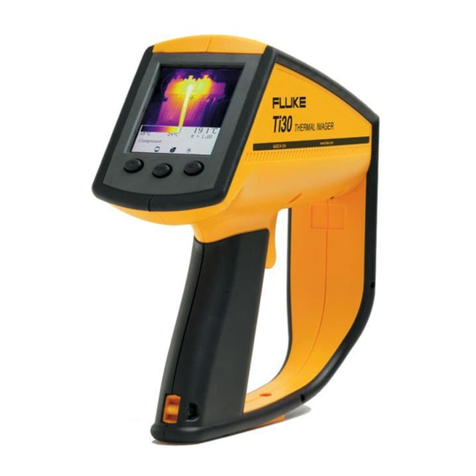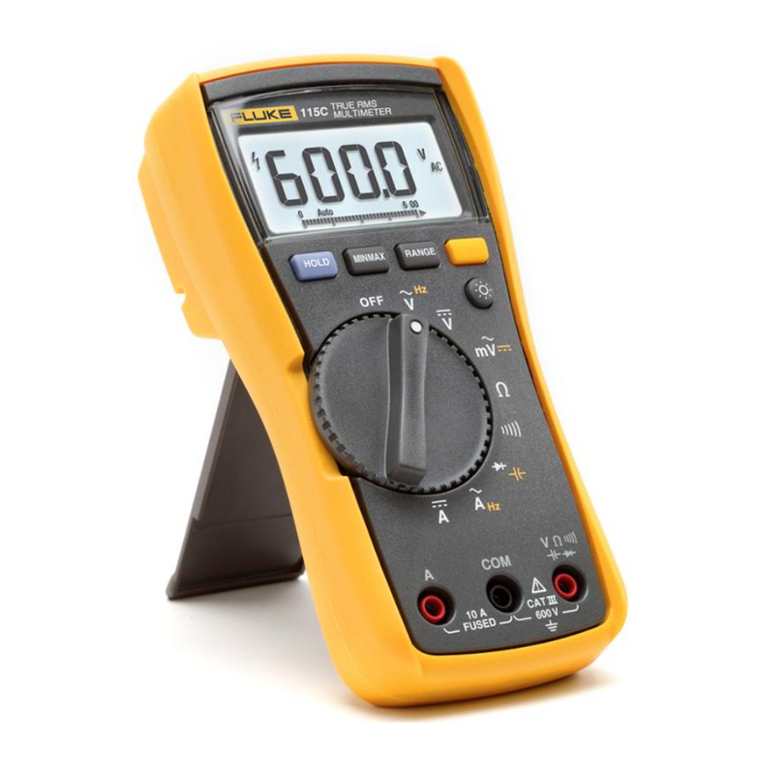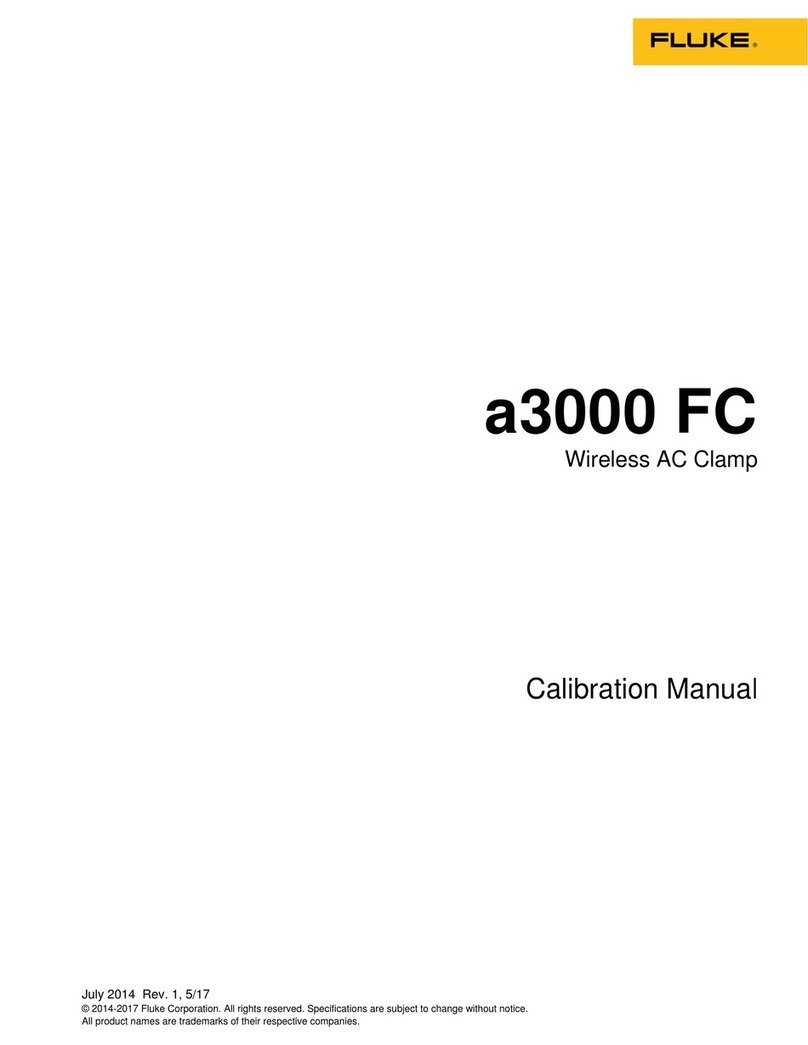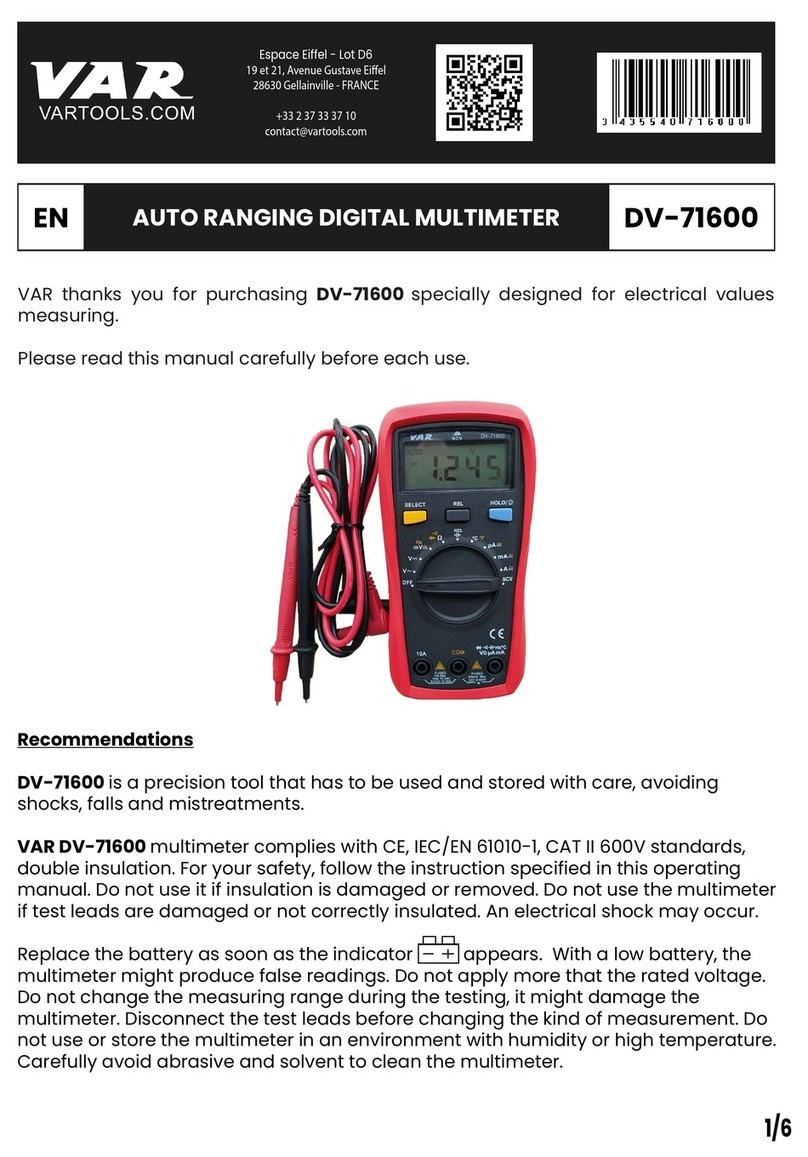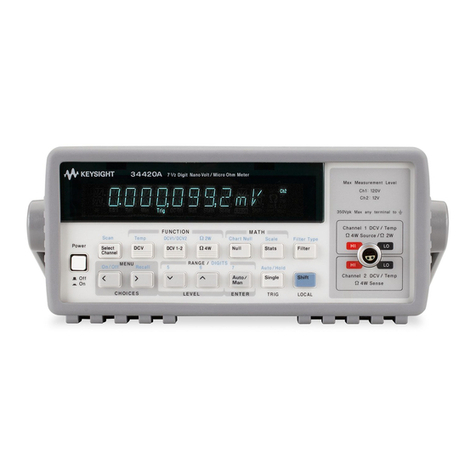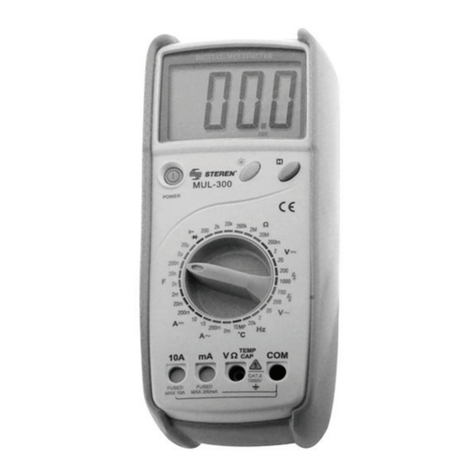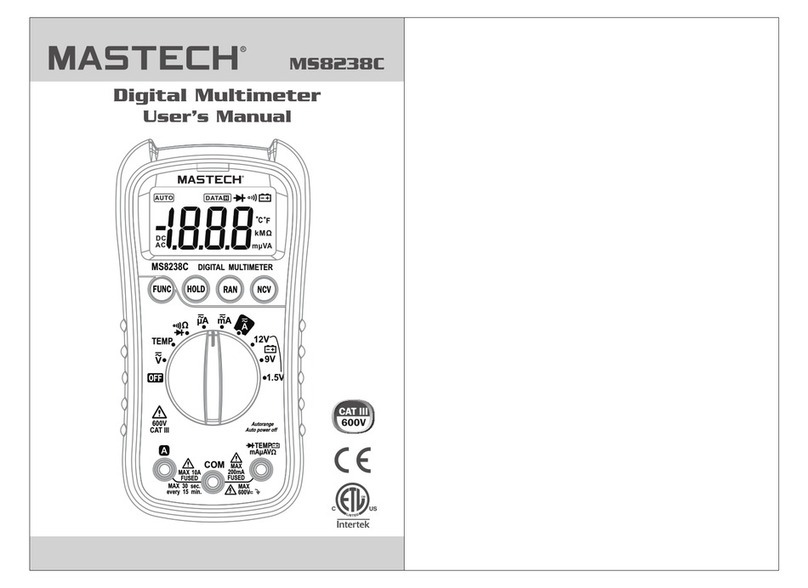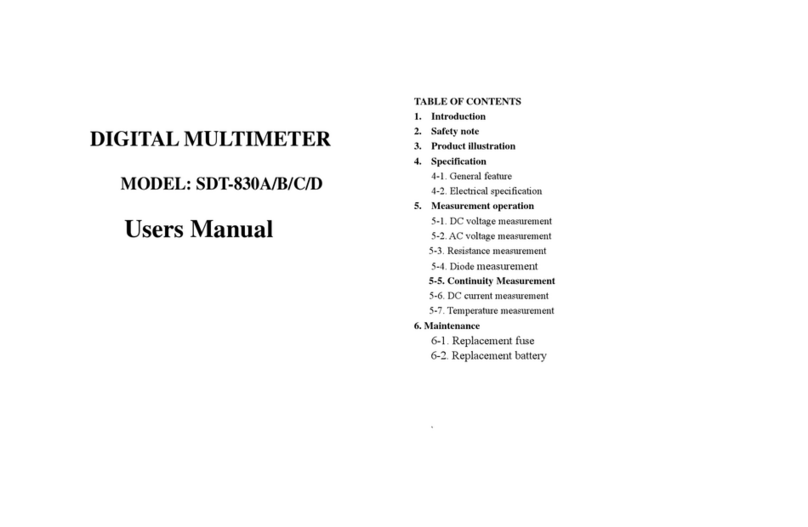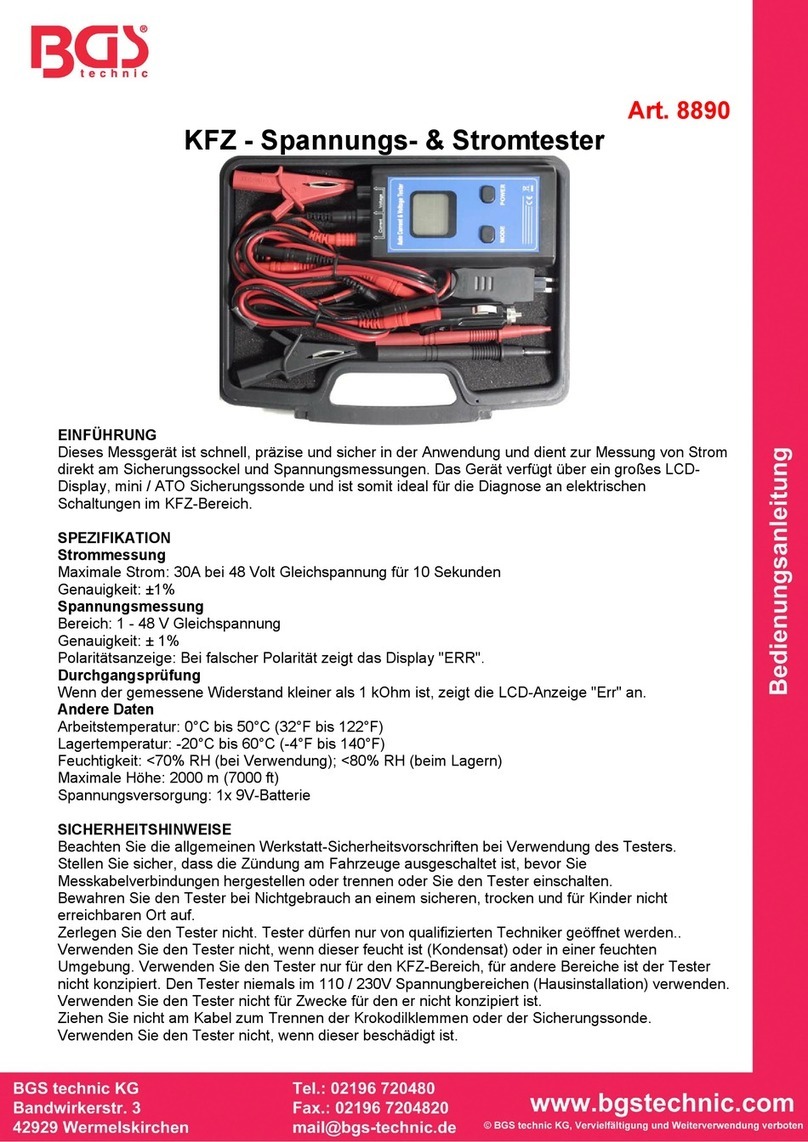
Lifetime Limited Warranty
Each Fluke 20, 70, 80, 170 and 180 Series DMM will be free from defects in material and
workmanship for its lifetime. As used herein, “lifetime” is defined as seven years after Fluke
discontinues manufacturing the product, but the warranty period shall be at least ten years from the
date of purchase. This warranty does not cover fuses, disposable batteries, damage from neglect,
misuse, contamination, alteration, accident or abnormal conditions of operation or handling,
including failures caused by use outside of the product’s specifications, or normal wear and tear of
mechanical components. This warranty covers the original purchaser only and is not transferable.
For ten years from the date of purchase, this warranty also covers the LCD. Thereafter, for the
lifetime of the DMM, Fluke will replace the LCD for a fee based on then current component
acquisition costs.
To establish original ownership and prove date of purchase, please complete and return the
registration card accompanyingthe product, or register your product on http://www.fluke.com.
Fluke will, at its option, repair at no charge, replace or refund the purchase price of a defective
product purchased through a Fluke authorized sales outlet and at the applicable international
price. Fluke reserves the right to charge for importation costs of repair/replacement parts if the
product purchased in one country is sent for repair elsewhere.
If the product is defective, contact your nearest Fluke authorized service center to obtain return
authorization information, then send the product to that service center, with a description of the
difficulty, postage and insurance prepaid (FOB Destination). Fluke assumes no risk for damage
in transit. Fluke will pay return transportation for product repaired or replaced in-warranty.
Before making any non-warranty repair, Fluke will estimate cost and obtain authorization, then
invoice you for repair and return transportation.
THIS WARRANTY IS YOUR ONLY REMEDY. NO OTHER WARRANTIES, SUCH AS
FITNESS FOR A PARTICULAR PURPOSE, ARE EXPRESSED OR IMPLIED. FLUKE
SHALL NOT BE LIABLE FOR ANY SPECIAL, INDIRECT, INCIDENTAL OR
CONSEQUENTIAL DAMAGES OR LOSSES, INCLUDING LOSS OF DATA, ARISING
FROM ANY CAUSE OR THEORY. AUTHORIZED RESELLERS ARE NOT AUTHORIZED
TO EXTEND ANY DIFFERENT WARRANTY ON FLUKE’S BEHALF. Since some states do
not allow the exclusion or limitation of an implied warranty or of incidental or consequential
damages, this limitation of liability may not apply to you. If any provision of this warranty is
held invalid or unenforceable by a court or other decision-maker of competent jurisdiction, such
holding will not affect the validity or enforceability of any other provision.
2/02
